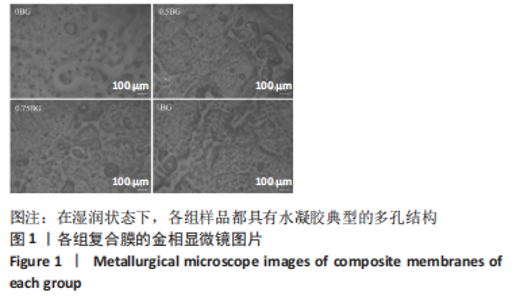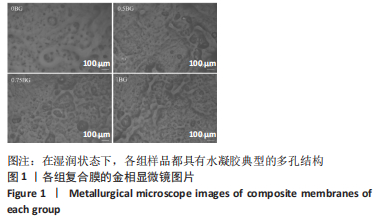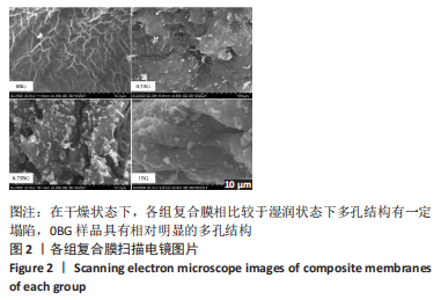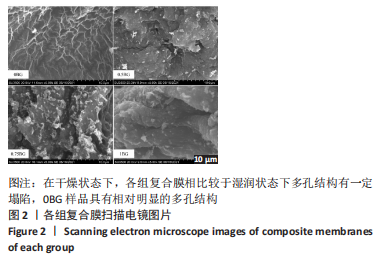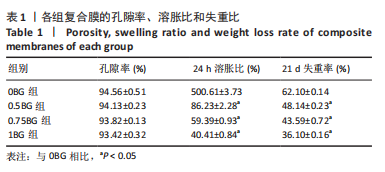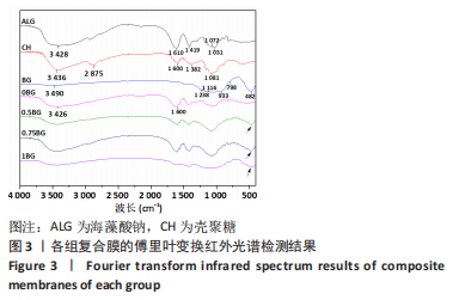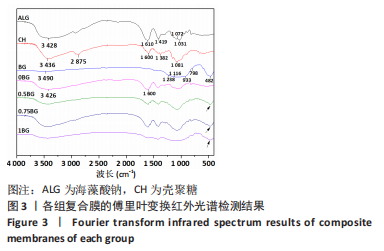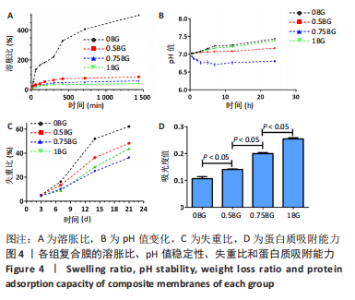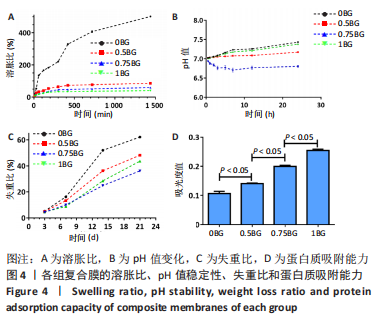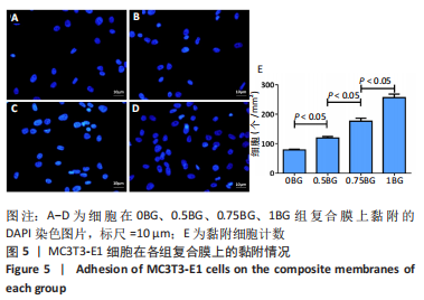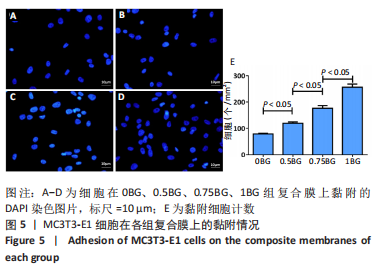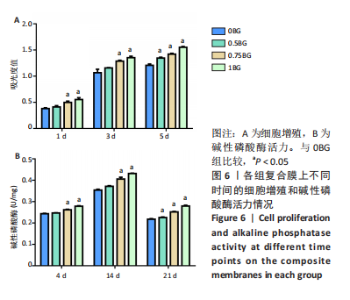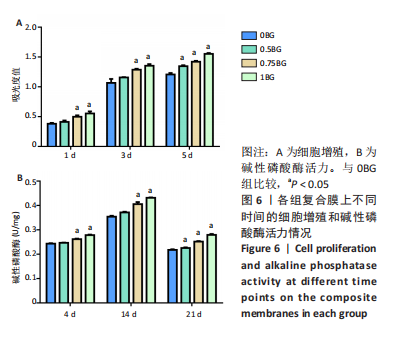[1] Saghiri MA, Freag P, Fakhrzadeh A, et al. Current technology for identifying dental implants: a narrative review. Bull Natl Res Cent. 2021;45(1):1-11.
[2] Abdelaziz D, Hefnawy A, Al-Wakeel E, et al. New biodegradable nanoparticles-in-nanofibers based membranes for guided periodontal tissue and bone regeneration with enhanced antibacterial activity. J Adv Res. 2021;28:51-62.
[3] FLORJANSKI W, ORZESZEK S, OLCHOWY A, et al. Modifications of Polymeric Membranes Used in Guided Tissue and Bone Regeneration. Polymers (Basel). 2019;11(5):782.
[4] Kaessmair S, Distler T, Schaller E, et al. Identification of mechanical models and parameters for alginate‐based hydrogels as proxy materials for brain tissue. PAMM. 2021;20(1):e202000338.
[5] Lawson MA, Barralet JE, Wang L, et al. Adhesion and growth of bone marrow stromal cells on modified alginate hydrogels. Tissue Eng. 2004;10(9-10):1480-1491.
[6] Vo-An Q, Nguyen TC, Nguyen QT, et al. Novel Nanoparticle Biomaterial of Alginate/Chitosan Loading Simultaneously Lovastatin and Ginsenoside RB1: Characteristics, Morphology, and Drug Release Study. Int J Polym Sci. 2021. doi:10.1155/2021/5214510
[7] 吴广升,王亚男,惠光艳,等.加载miRNA-21壳聚糖基纳米粒对牙周膜干细胞成骨分化的影响[J].解放军医药杂志,2021,33(1):1-6.
[8] Zou Z, Wang L, Zhou Z, et al. Simultaneous incorporation of PTH(1-34) and nano-hydroxyapatite into Chitosan/Alginate Hydrogels for efficient bone regeneration. Bioact Mater. 2021;6(6):1839-1851.
[9] Lahiji A, Sohrabi A, Hungerford DS, et al. Chitosan supports the expression of extracellular matrix proteins in human osteoblasts and chondrocytes. J Biomed Mater Res. 2000;51(4):586-595.
[10] Karakeçili AG, Gümüşderelioğlu M. Physico-chemical and thermodynamic aspects of fibroblastic attachment on RGDS-modified chitosan membranes. Colloid Surface B. 2008;61(2):216-223.
[11] Florczyk SJ, Kim DJ, Wood DL, et al. Influence of processing parameters on pore structure of 3D porous chitosan-alginate polyelectrolyte complex scaffolds. J Biomed Mater Res A. 2011;98A(4): 614-620.
[12] Xu S, Chen X, Yang X, et al. Preparation and In Vitro Biological Evaluation of Octacalcium Phosphate/Bioactive Glass-Chitosan/Alginate Composite Membranes Potential for Bone Guided Regeneration. J Nanosci Nanotechno. 2016;16(6):5577-5585.
[13] Zhang Y, Zhang M. Synthesis and characterization of macroporous chitosan/calcium phosphate composite scaffolds for tissue engineering. J Biomed Mater Res. 2001;55(3):304-312.
[14] Luna SM, Silva SS, Gomes ME, et al. Cell adhesion and proliferation onto chitosan-based membranes treated by plasma surface modification. J Biomater Appl. 2011;26(1):101.
[15] Greenspan D. Bioglass at 50 - A look at Larry Hench’s legacy and bioactive materials. Biome Glass. 2019;5(1):178-184.
[16] Paramita P, Ramachandran M, Narashiman S, et al. Sol-gel based synthesis and biological properties of zinc integrated nano bioglass ceramics for bone tissue regeneration. J Mater Sci-Mater M. 2021;32(1):1-11.
[17] Pereira MM, Clark AE, Hench LL. Calcium phosphate formation on sol-gel-derived bioactive glasses in vitro. J Biomed Mater Res. 1994; 28(6):693-698.
[18] 曹钰彬,刘畅,潘韦霖,等.引导骨再生屏障膜改良的研究进展[J].华西口腔医学杂志,2019(3):325-329.
[19] 代香林,张文凤,姚喜军,等.钛酸钡/聚乳酸复合压电薄膜材料对 MC3T3-E1 细胞黏附、增殖和成骨分化能力的影响[J].中国组织工程研究,2023,27(3):367-373.
[20] 封小霞,侯玮玮,金晓婷,等.构建聚乳酸-羟基乙酸电纺丝-壳聚糖电喷微球牙周仿生膜[J].中国组织工程研究,2020,24(4):511-516.
[21] Luo K, Wang L, Wang Y, et al. Porous 3D hydroxyapatite/polyurethane composite scaffold for bone tissue engineering and its in vitro degradation behavior. Ferroelectrics. 2020;566(1):104-115.
[22] Zhang L, Guo J, Zhou J, et al. Blend membranes from carboxymethylated chitosan/alginate in aqueous solution. J Appl Polym Sci. 2000;77(3):610-616.
[23] Ho YC, Mi FL, Sung HW, et al. Heparin-functionalized chitosan-alginate scaffolds for controlled release of growth factor. Int J Pharmaceut. 2009;376(1-2):69-75.
[24] Sowjanya JA, Singh J, Mohita T, et al. Selvamurugan. Biocomposite scaffolds containing chitosan/alginate/nano-silica for bone tissue engineering. Colloid Surface B. 2013;109:294-300.
[25] Kavya KC, Jayakumar R, Nair S, et al. Fabrication and characterization of chitosan/gelatin/nSiO2 composite scaffold for bone tissue engineering. Int J Biol Macromol. 2013;59:255-263.
[26] Kaysinger KK, Ramp WK. Extracellular pH modulates the activity of cultured human osteoblasts. J Cell Biochem. 1998;68(1):83-89.
[27] Alsberg E, Kong HJ, Hirano Y, et al. Regulating Bone Formation via Controlled Scaffold Degradation. J Dent Res. 2003;82(11):903-908.
[28] Höhn S, Zheng K, Romeis S, et al. Effects of Medium pH and Preconditioning Treatment on Protein Adsorption on 45S5 Bioactive Glass Surfaces. Adv Mater Interfaces. 2020;7(15):2000420.
[29] Kilpadi KL, Chang PL, Bellis SL. Hydroxylapatite binds more serum proteins, purified integrins, and osteoblast precursor cells than titanium or steel. J Biomed Mater Res. 2001;57(2):258-267.
|
